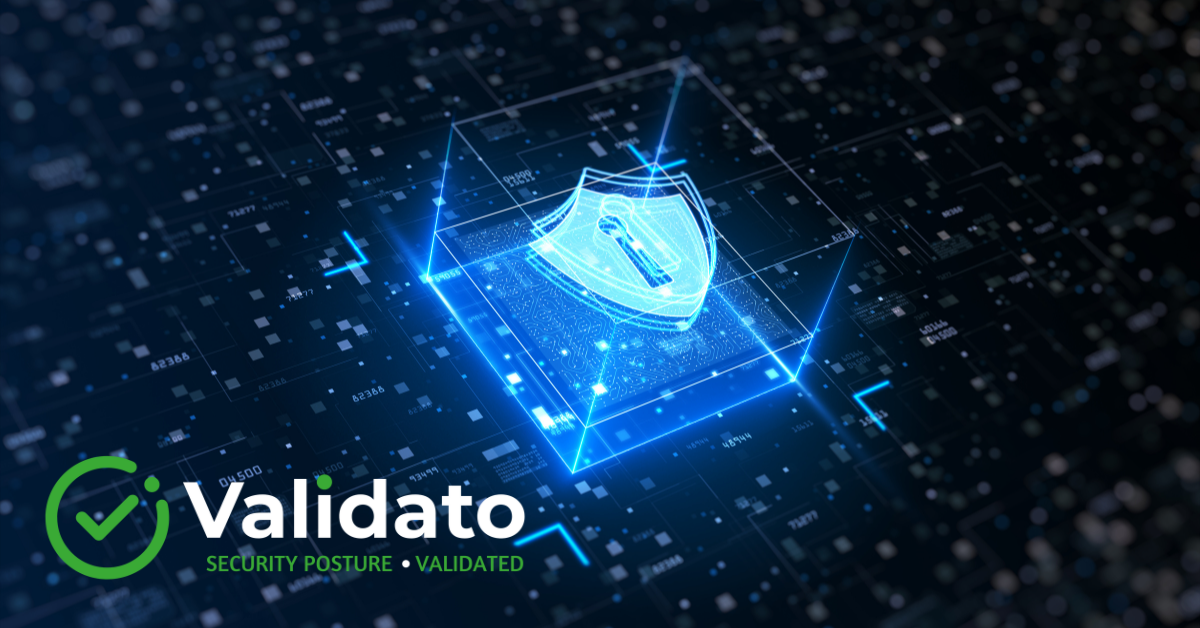Understanding Continuous Threat Exposure Management (CTEM)
As cyber criminals adapt their tactics, a reactive approach is no longer adequate. Continuous Threat Exposure Management (CTEM) provides organisations with a proactive, systematic approach to identifying, assessing, and addressing security vulnerabilities before attackers can exploit them. By implementing CTEM, organisations can reduce their risk profile, improve their security posture, and protect critical assets from emerging threats.
Key Benefits of CTEM:
- Identifies and addresses security gaps through real-world attack simulations based on MITRE ATT&CK framework
- Simplifies compliance with regulations (NIS2, DORA, UK CSRA) through continuous validation
- Provides proactive defence against ransomware by identifying misconfigurations across various environments
- Optimises security spending while improving overall security posture
- Bridges the cybersecurity skills gap with guided remediation information
These advantages make CTEM an essential component of any modern cybersecurity strategy, particularly for organisations facing regulatory pressures and resource constraints.
How CTEM Reduces Your Organisation’s Attack Surface
Continuous Threat Exposure Management operates on a fundamental principle: you can’t protect what you don’t understand. Unlike traditional vulnerability scanning focused primarily on missing patches, CTEM takes a threat-informed approach by simulating real-world attack techniques.
| CTEM Feature | Security Benefit |
|---|---|
| MITRE ATT&CK framework integration | Tests defences against realistic threats rather than theoretical vulnerabilities |
| Continuous validation | Ensures environment changes don’t create new security gaps |
| Identification of misconfigurations | Reveals excessive privileges that create attack paths |
Through this approach, you can learn more about comprehensive security validation that simulates actual threat behaviours. The value of CTEM lies in its continuous nature, providing ongoing validation rather than point-in-time assessments.
Meeting Regulatory Demands with Less Effort
Organisations facing regulatory requirements like NIS2, DORA, and UK CSRA must demonstrate effective security measures and regular testing of their cyber resilience. CTEM streamlines compliance through automated, continuous validation of security controls against industry-specific threat scenarios.
Traditional compliance approaches typically involve:
- Manual audits that are resource-intensive
- Multiple disconnected tools creating complexity
- Point-in-time assessments that quickly become outdated
With CTEM, organisations can automatically document their security posture, track improvements over time, and demonstrate compliance with specific requirements—eliminating resource-intensive manual processes while providing more reliable evidence of security effectiveness.
Combating Ransomware with Proactive Defence
Ransomware remains one of the most prevalent and damaging cyber threats today. CTEM provides a proactive defence by identifying and addressing the specific misconfigurations that enable ransomware success.
CTEM simulates techniques used in actual ransomware attacks, including:
- Privilege escalation pathways
- Lateral movement opportunities
- Defence evasion techniques
Validato’s platform excels by identifying misconfigurations across Windows, Linux, and Mac environments that ransomware attackers frequently exploit. Rather than simply detecting ransomware after execution, CTEM focuses on preventing initial compromise and limiting attacker movement within networks. By implementing security controls validation, organisations verify whether their measures effectively block common ransomware techniques.
Maximising Security ROI on Limited Budgets
As cybersecurity budgets face increasing scrutiny, organisations must maximise their security investments. CTEM helps optimise security spending by providing clear visibility into control effectiveness.
| Traditional Approach | CTEM Approach |
|---|---|
| Expensive, infrequent penetration testing | Continuous, automated validation at lower cost |
| Multiple overlapping security tools | Clear visibility into tool effectiveness |
| Reactive security spending | Targeted resource allocation to critical vulnerabilities |
This cost-effective validation approach complements traditional penetration testing by ensuring ongoing validation between more comprehensive assessments.
Bridging the Cybersecurity Skills Gap
The global cybersecurity skills shortage challenges organisations of all sizes. Many lack specialised expertise needed to identify and remediate complex vulnerabilities.
CTEM platforms like Validato address this skills gap by providing:
- Guided remediation information for IT teams
- Clear, actionable guidance on fixing identified issues
- Practical tasks implementable by general IT practitioners
This approach empowers existing IT staff to improve security posture without extensive cybersecurity expertise. For organisations that can’t afford dedicated security specialists, this feature provides accessible security expertise that would otherwise be unavailable.
Conclusion
Continuous Threat Exposure Management represents a fundamental shift from reactive to proactive security. By providing ongoing validation against real-world threats, CTEM helps organisations identify and address vulnerabilities before attackers exploit them. This approach improves security effectiveness, streamlines compliance, optimises spending, and helps overcome the cybersecurity skills gap. As cyber threats continue evolving in sophistication, CTEM provides a practical, cost-effective approach to maintaining strong security posture.
If you’re interested in learning more, contact our expert team today.


